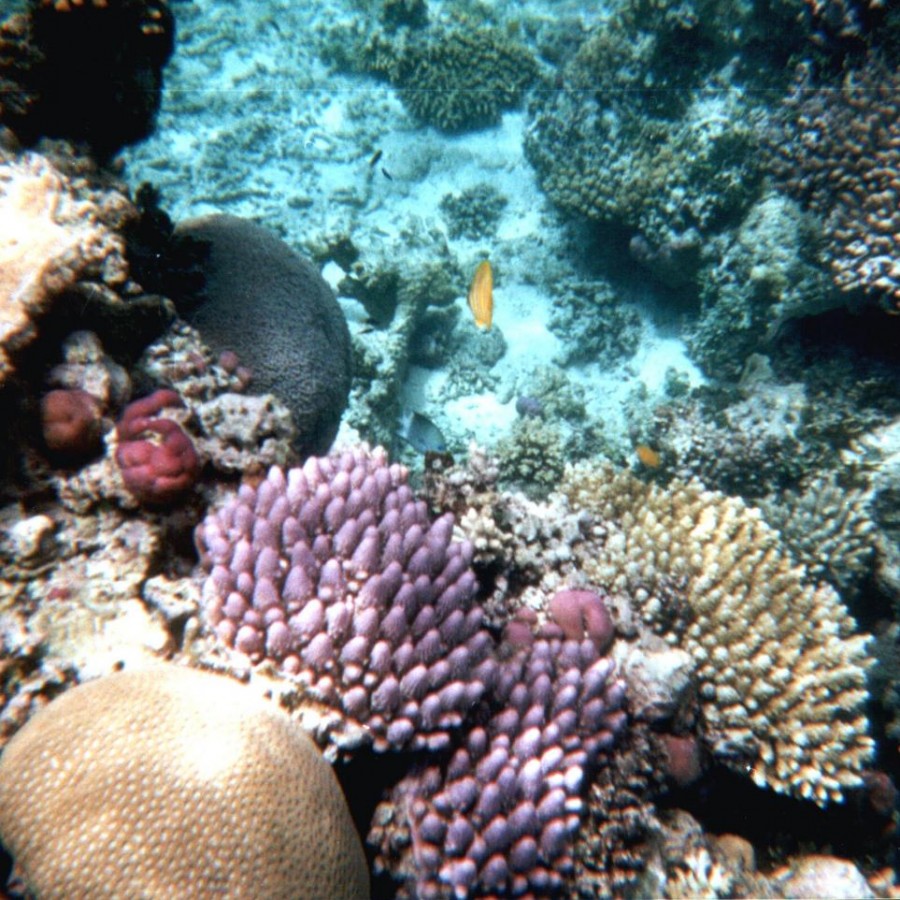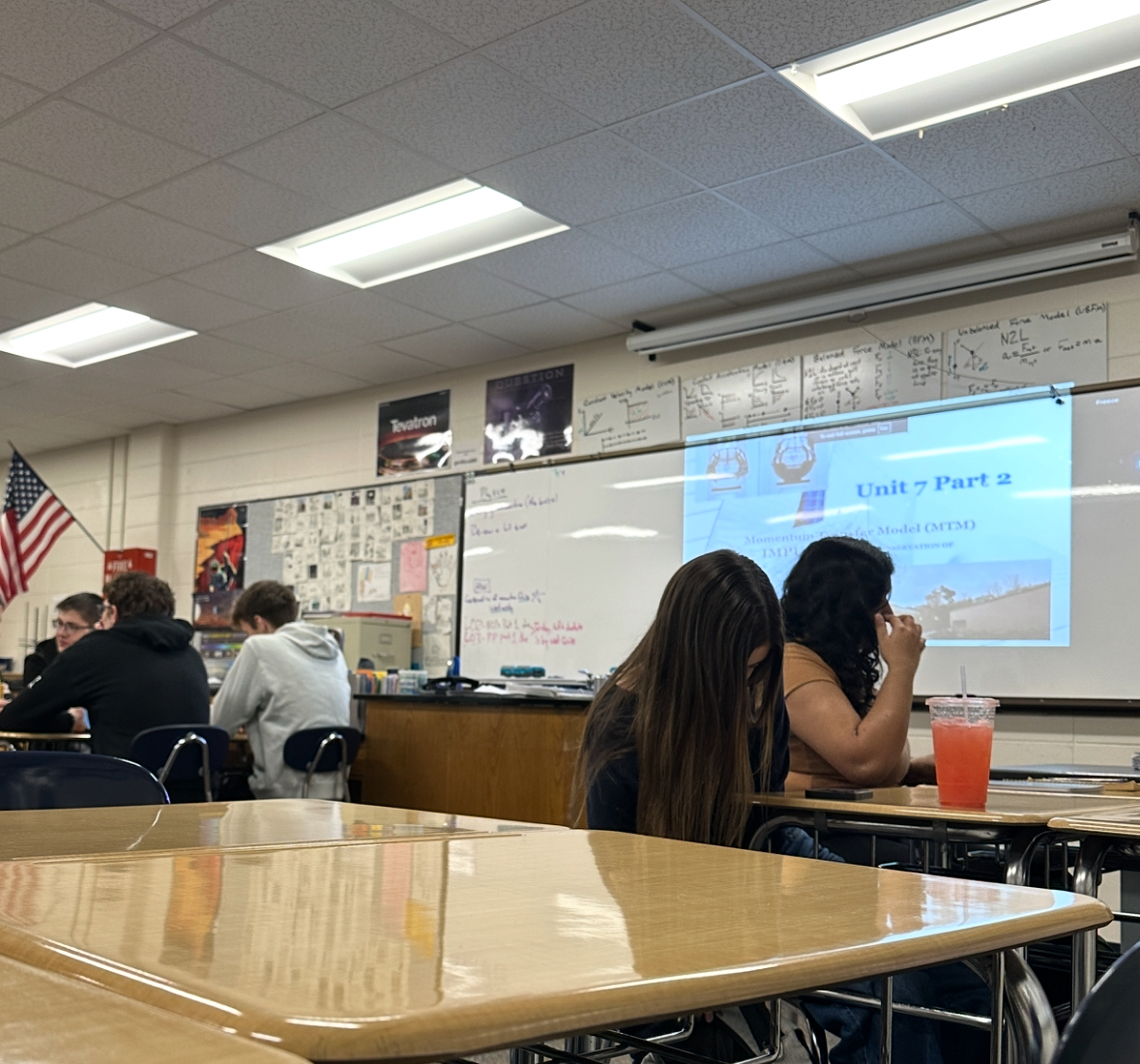Spanning a breathtaking 1,400 miles, the Great Barrier Reef is one of the seven wonders of the natural world, providing company to the stunning likes of the Northern Lights, the Grand Canyon and Niagara Falls. Just off the coast of Queensland, Australia’s northeastern state, lies the world’s largest living organism. Visible from space, it is larger than the United Kingdom, Switzerland and Holland combined; it is bigger than the Great Wall of China. The Great Barrier Reef is the largest known coral reef system, and the plethora of marine life, most notably the coral, provide a stunning spectacle that is visited by a steady stream of two million visitors each year.
Along with its unparalleled natural beauty, the Great Barrier Reef also contributes 4.8 billion U.S. dollars annually to the Queensland and Australian economies and secures a staggering 64,000 jobs. The Great Barrier Reef Foundation, a non-profit organization dedicated to the preservation and restoration of the reef, refers to it as a “great living treasure”. Despite the unquestioned beauty and undeniable importance of the reef, it, along with the rest of the planet’s coral reefs, is dying.
In the last 30 years, half of the world’s coral has been deemed dead. At this rapid rate of death, it is expected that 60 percent of all coral on earth is “highly to critically” threatened, with 98 percent of it exposed to potentially deadly conditions with each year that passes. Continuing down this path, experts predict all of the coral will be completely gone as soon as 2050. In the Great Barrier Reef alone, half of the 3,863 reefs that make up this extensive organism have been killed since 2016.
There are many culprits behind the peril: increasingly violent storms, potent runoff from farms, excessive bleaching events and the the malicious crown-of-thorns starfish that feasts on the coral, liquefying coral organisms, are all contributing to the shrinking and dying that has been occupying the Great Barrier Reef as of late. It is of unanimous agreement among experts that climate change is the world’s population of coral’s biggest and most pernicious threat. Earth’s oceans absorb 90 percent of the heat that is released from the burning of fossil fuels. As a result, the waters are warming, causing the coral to lose its iconic vibrant colors. The warm temperatures shock the reef, killing essential algae, slowing the coral’s growth and exposing it to disease and death.
This phenomenon is known as bleaching and it is happening with increasing consistency. In the last two years alone, the Great Barrier Reef has suffered two massive bleaching events. The aftermath of bleaching is devastating, impacting the coral for years to come: 10 to 15 years will pass before the larger corals will recover, and 10 to 100 years will pass before the larger corals will make a comeback. Similarly, the ocean’s waters have become not only warmer, but more acidic due to the absorption of carbon dioxide. This results in bleaching as well.
These alarming trends of decaying beauty are being observed in the Caribbean as well. Scientists insist that stabilizing climate change – curbing its rapid progression – is necessary immediately if these natural wonders are to be given a fighting chance.
Coral reef researcher Terry Hughs is the lead author of a new study of the Great Barrier Reef. He and his co-authors expressed their exasperation toward the unlikely event that climate change will be properly addressed anytime soon. They acknowledged that this complacent standstill tarnishes all hope for the reef; their tone, while rooted in reality, has an underlying frustration and desperation. “The most likely scenario, therefore, is that coral reefs throughout the tropics will continue to degrade over the current century until climate change stabilizes, allowing remnant populations to reorganize into novel, heat-tolerant reef assemblages,” Hughs and his co-authors wrote in their study. “The large scale loss if financially diverse corals in a harbinger of further radical shifts in the condition and dynamics of all ecosystems, reinforcing the need for risk assessment of ecosystem collapse.”
On Sunday, March 29, the Australian government made history announcing its largest ever funding commitment for preservation and management of the Great Barrier Reef. The investment, totaling an impressive 377 million U.S. dollars, will seek to improve farming practices and manage fertilization to decrease the damage done by the runoff, improving water quality, will seek to combat the appetite of the coral-hungry starfish, will monitor the coral’s health, will increase scientific dialogue with the public and will support research on the coral’s resistance and ability to adapt. It adds to an existing intention to set aside two billion dollars for research and management over the next ten years.
The overwhelming majority of the investment will go to the Great Barrier Reef Foundation, 335 million U.S. dollars to be exact, for these same purposes. This funding is substantial and will hopefully allow for encouraging results – in 2016, the Great Barrier Reef Foundation reported just six million U.S. dollars in revenue. In addition, 11 percent of the investment “will go to federal and park agencies to expand environmental management and compliance operations on the Reef” according to the Australian government.
Despite the dollar signs, the Australian government has failed to impress scientists who argue that while the support is encouraging, it lacks any intentions to tackle the real problem in climate change. Scientists say that these methods have been tried to no avail, the climate needs saving for the coral to have any hope.
The Australian Academy of Science took to Twitter to express this concern, calling for the Australian government to act toward achieving net-zero greenhouse gas emissions. This is an initiative that has been set for the latter half of this century in the Paris Agreement on climate change. “Science advises us the Great Barrier Reef is highly vulnerable to climate change,” the Academy of Science tweeted. “We urge the government to address the cause of the problem.”
While it is disheartening to consider the destruction of natural beauty, the relevance is not easily noticed. True, the Great Barrier Reef is on the other side of the world and has a relatively miniscule influence on one’s day to day activities here in the States. Unless one is planning to hop on a plane for a vacation to Queensland, Australia, the relevance appears nonexistent. The only words mentioned so far with any sort of tie to the United States came from the Paris Agreement on climate change as almost an afterthought to the rest of the story. This, however, couldn’t be farther from the truth. While lacking any natural wonders of the wonderous scale of the Great Barrier Reef, the United States is home to wonders all their own, many of them enshrined in the preservation of the United State’s National Park system. The same malicious forces are at work here at home in America’s natural treasures.
From the westward shifting of Assateague Island National Seashore and the new pattern of migration of Yosemite’s wildlife to avoid the heat, to the increasing presence of salt in the once fresh waters of the Everglades and Glacier National Park’s disappearing glaciers, climate change is making itself known in big ways here at home – it has been for some time.
In the 1960s, 50 additional parks were added to the National Park system. The man in charge of overseeing the parks, the Secretary of Interior, Stewart Vdall, recruited Starker Leopold, a biologist from the University of California, Berkeley, to lead a study on the maintenance and restoration of the ecological makeup of the parks from pre settlement times. This study became extremely influential even today, as it set the National Park system’s agenda for much of the twentieth century, ensuring that the parks were maintaining the same landscape for visitors for decades to come. For much of the remainder of the twentieth century, the National Parks tried to keep the parks looking just as they had before European settlement. This was to no avail, nature changes, something Leopold overlooked, and these natural changes are heightened today by the arrival of climate change.
Striving to maintain the “vignette of primitive America”, the parks placed paramount importance on keeping each park stuck in its glory day. Protecting it’s original vegetation and wildlife, as well as its landscape, was the goal of each National park until the 1980s when the parks were finally forced to reject Leopold’s approach and accept that change was here to stay. “The park service has had a tacit agreement with the American public that it’s going to keep things looking as they’ve always looked,” said Nate Stephenson, an ecologist who studies the forests at Sequoia, Kings Canyon and Yosemite National Parks. “But time does not stop here.”
Today, each of the parks exhibits an open wound left by climate change. Off the coast of Maryland and Virginia is Assateague Island National Park. It is a 37 mile long stretch of land that has endured centuries of storms, from hurricanes to nor’easters. The increasing intensity of these storms coupled with rising sea levels have caused excessive damage to the island and have resulted in its steady shift toward land. To combat these difficult challenges, the facilities have started to use portable bathrooms and buildings and have resorted to using crushed sea shells as an alternate surface in the parking lots due to its portable ability.
Back in 2000, it was announced that Glacier National Park would lose even its largest glaciers as soon as 2030. Despite obvious changes to the undeniable footprint of climate change, the parks have yet to discuss the issue with the public. “We were very constrained,” remembers former chief of interpretation at Sequoia and Kings Canyon National Parks, William Tweed, in an interview with National Geographic. “The message we got from above was basically, ‘Don’t go into it if you can help it’.”
In 2009, the Park Service Director decided to reexamine this preservative approach. Director Jonathan Jarris compiled a committee of experts who supplied a more progressive approach. While it is not written in stone, the National Park system is now “managing for continuous change that is not yet fully understood”, and hopes to provide the American public with a “transformative experience” while upholding “ecological integrity and cultural and historical authenticity”.
Senior Cassie Huffman shares experts’ concerns for the future of America’s National Parks, and echoes the frustration of Terry Hughes and his co-authors. “Every part of the earth is either directly or indirectly suffering from damaging effects humans produce. With the level of tourism the National Parks receive each year, they should be taking this opportunity to educate the public on the lasting effects of climate change causes,” Huffman said. “The parks have a perfect opportunity to teach and showcase sustainable living through sustainable tourism. And though climate change can be a political debate, parks can exhibit scientific evidence of the environmental destruction humans cause from pollution, waste and carelessness.”
Mankind continues to deepen his footprint on this planet, furthering the wounds left by climate change. The damage is not discriminative and the effects are timeless. The landscape of the National Parks and the Great Barrier Reef continue to change rapidly as each generation comes back for a visit. The landscape of the world’s national wonders are no longer the same from generation to generation. While the Great Barrier Reef is thousands of miles away, its struggling state seemingly irrelevant in Americans’ lives its struggle for survival resonates close to home as for the first time, the Earth is faced with the rapidly occurring loses of its most stunning spectacles.















